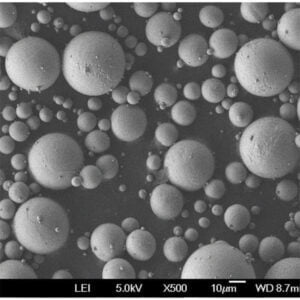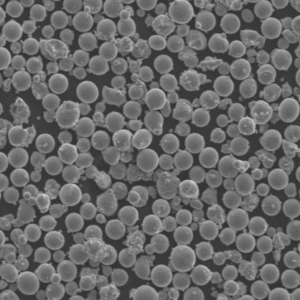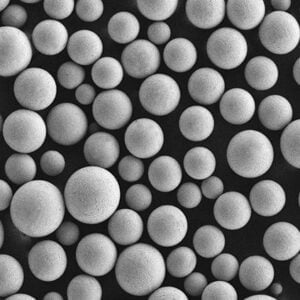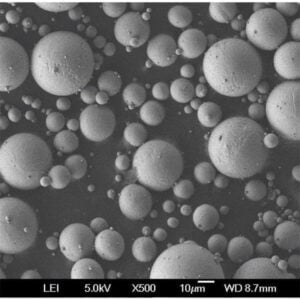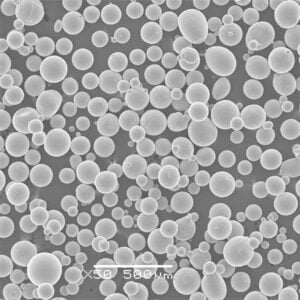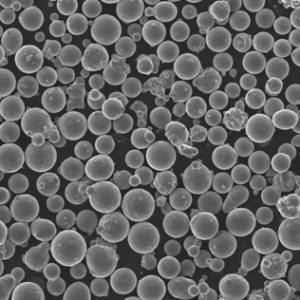pros and cons of different 3D printed metal powder production processes
Table of Contents
Imagine building intricate metal objects layer by layer, with unparalleled design freedom and minimal waste. That’s the magic of 3D printed metal powders. But before these tiny metallic grains become the building blocks of groundbreaking creations, they need to be produced with meticulous care.
Several metal powder production processes exist, each with its own set of advantages and disadvantages. Choosing the right one hinges on the specific needs of your 3D printed project. This comprehensive guide delves into the fascinating world of metal powder production, equipping you with the knowledge to make informed decisions for your 3D printed endeavors.
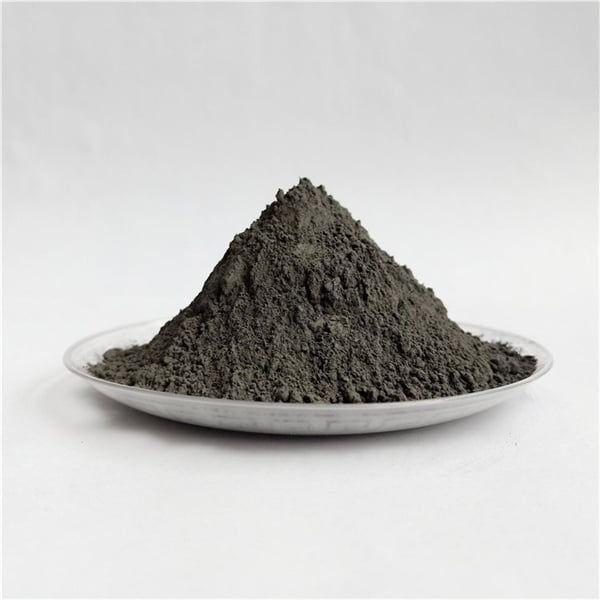
3D printed Metal Powders
Metal powders are the unsung heroes of 3D printing. These fine, free-flowing metallic particles, ranging in size from 10 to 150 micrometers, act as the raw material for various metal additive manufacturing (AM) techniques like Laser Powder Bed Fusion (LPBF) and Binder Jetting.
The quality and properties of the metal powder significantly influence the final printed part’s characteristics, including its strength, surface finish, and overall performance. Therefore, selecting the optimal metal powder production process becomes crucial for achieving desired outcomes in 3D printing.
Exploring Metal Powder Production Methods
Metal powder production utilizes various techniques to break down bulk metal into the desired particle size and morphology. Let’s delve deeper into four prominent methods, each with its own unique selling proposition and set of considerations:
1. Atomization Methods: Breaking Down Bulk Metal with Precision
Atomization methods are workhorses in the metal powder production arena. They involve transforming molten metal into a fine mist of particles through various techniques:
- Advantages and Disadvantages of Plasma Atomization Method: Plasma atomization utilizes a high-temperature plasma torch to melt the metal feedstock. The molten metal is then ejected into a high-velocity gas stream, causing it to break down into fine particles. This method offers excellent control over particle size and morphology, making it suitable for producing high-quality powders for demanding applications like aerospace and medical implants. However, the high energy consumption and complex equipment setup can make it a more expensive option.
- Advantages and Disadvantages of Rotating Electrode Atomization Method (REA): REA employs a rapidly spinning electrode dipped into a molten metal bath. The centrifugal force generated by the rotation throws off tiny metal droplets that solidify into spherical particles as they cool in a gas stream. This method boasts high production rates and good particle shape control, making it ideal for a wide range of metal powders. However, the process can introduce some internal stresses in the particles, potentially impacting the final printed part’s properties.
- Advantages and Disadvantages of Water Atomization Method: Water atomization takes a simpler approach. Molten metal is poured into a high-pressure water jet, causing it to disintegrate into fine particles. This method is cost-effective and offers high production rates, making it well-suited for bulk applications. However, the resulting particles can be irregular in shape and have higher surface oxides, potentially affecting their flowability and printability.
Choosing the Right Atomization Method:
The optimal atomization method depends on factors like the desired particle size and morphology, material type, and application requirements.
For instance, if you require high-precision, spherical particles for critical aerospace parts, plasma atomization might be the preferred choice. In contrast, for cost-sensitive applications where particle shape is less critical, water atomization might be a viable option.
2. Mechanical Milling: Grinding Metal into Powder Perfection
Mechanical milling takes a more physical approach. Bulk metal is crushed and ground into fine particles using high-energy mills like ball mills and attritor mills.
- Advantages and Disadvantages of Mechanical Milling: This method offers good control over particle size distribution and can handle a wide range of materials, including brittle metals. However, mechanical milling can introduce internal stresses and contamination into the powder due to the grinding process. Additionally, achieving very fine particle sizes can be challenging.
3. Chemical Reduction Methods: A Transformative Approach
Chemical reduction methods rely on chemical reactions to convert metal oxides or other compounds into metallic powders.
- Advantages and Disadvantages of Chemical Reduction Methods: These methods offer high purity and can produce powders with unique morphologies. However, they can be complex, time-consuming, and generate hazardous byproducts. Additionally, controlling particle size and morphology can be challenging.
4. Electrolysis: Building Metal Particles Through Electricity
Electrolysis harnesses the power of electricity to produce metal powders. An electric current is passed through a metal salt solution, causing the metal ions to deposit on a cathode as tiny particles.
- Advantages and Disadvantages of Electrolysis: Electrolysis offers high purity and good control over particle size and morphology. However, the process can be slow and energy-intensive, limiting its use for large-scale production. Additionally, it’s often restricted to specific metals that can be readily deposited from electrolytes.
A Niche Application for 3D printed:
Electrolysis finds limited application in 3D printing due to its slow production rate and suitability for a narrower range of metals compared to other methods.
Choosing a Metal Powder Production Process
Selecting the ideal metal powder production process goes beyond just the technique itself. Several other factors play a crucial role:
- Material Compatibility: Not all methods are suitable for all types of metals. Some methods might not be able to handle a specific material’s melting point or brittleness.
- Desired Particle Size and Morphology: The size and shape of the metal particles significantly impact their flowability, printability, and the final part’s properties. Techniques like plasma atomization offer greater control over these aspects.
- Powder Purity: The presence of impurities like oxides or other contaminants can affect the printability and mechanical properties of the final part. Processes like chemical reduction methods can offer high purity powders.
- Cost: Production costs vary depending on the complexity of the method, energy consumption, and material handling requirements. Water atomization is generally a more cost-effective option, while plasma atomization might be more expensive.
- Environmental Impact: Certain methods, like those involving hazardous byproducts, might have a higher environmental footprint. Sustainable practices and responsible waste management are crucial considerations.
Finding the Perfect Match:
By carefully evaluating these factors and aligning them with your specific project requirements, you can make an informed decision about the most suitable metal powder production process for your 3D printing needs.
Additional Considerations for Success
While the metal powder production process plays a critical role, achieving optimal results in 3D printing extends beyond just the powder itself. Here are some additional considerations:
- Powder Handling and Storage: Proper handling and storage are essential to maintain the powder’s quality and prevent moisture absorption or contamination. This might involve using inert gas environments or controlled humidity storage depending on the material.
- Post-Processing of Powders: Certain processes might require additional steps like sieving or drying to achieve the desired particle size distribution or moisture content for optimal printability.
- Machine Compatibility: The chosen metal powder needs to be compatible with your specific 3D printer’s technology and build parameters.
By considering these aspects alongside the metal powder production process, you can ensure a smooth and successful 3D printing experience, paving the way for the creation of groundbreaking metal objects.
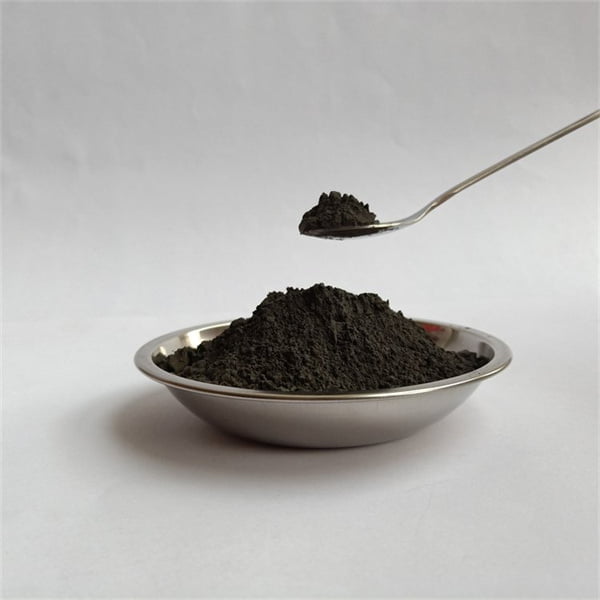
FAQ
Q: What is the most common method for producing metal powders for 3D printing?
A: Atomization methods, particularly gas atomization techniques like plasma atomization and rotating electrode atomization, are the most widely used methods for producing metal powders for 3D printing due to their ability to achieve good control over particle size and morphology.
Q: What factors should I consider when choosing a metal powder production process?
A: Several factors play a role, including the material type, desired particle size and morphology, powder purity requirements, cost considerations, and environmental impact.
Q: Is there a single “best” method for metal powder production?
A: No single method reigns supreme. The optimal choice depends on your specific project requirements and the properties you seek in the final printed part.
Q: What are some of the challenges associated with metal powder production?
A: Maintaining consistent particle size and morphology, achieving high purity levels, and balancing cost-effectiveness with desired powder characteristics are some of the ongoing challenges in metal powder production.
Q: How will metal powder production evolve in the future?
A: The future of metal powder production is likely to see advancements in technology, leading to more efficient and sustainable processes. Additionally, research on novel powder production techniques tailored for specific materials and applications is ongoing.
By understanding the intricacies of metal powder production processes and their impact on 3D printing outcomes, you can embark on your journey of creating innovative and functional metal objects with greater confidence and control.
Share On
MET3DP Technology Co., LTD is a leading provider of additive manufacturing solutions headquartered in Qingdao, China. Our company specializes in 3D printing equipment and high-performance metal powders for industrial applications.
Inquiry to get best price and customized Solution for your business!
Related Articles
About Met3DP
Recent Update
Our Product
CONTACT US
Any questions? Send us message now! We’ll serve your request with a whole team after receiving your message.

Metal Powders for 3D Printing and Additive Manufacturing
COMPANY
PRODUCT
cONTACT INFO
- Qingdao City, Shandong, China
- [email protected]
- [email protected]
- +86 19116340731






